In recent years, Serbia has emerged as a noteworthy player in the European raw materials sector. This article delves into how Serbia’s technological advancements, skilled workforce, and robust metallurgical capacities position it as a strategic partner for the European Union (EU) in sourcing and processing raw materials.
**Technological Advancements in Serbia’s Mining Sector**
Serbia’s mining sector has seen significant technological upgrades, driven by both domestic initiatives and foreign investments. Advanced exploration technologies, such as 3D seismic imaging and remote sensing, have enhanced the efficiency and precision of mineral exploration. Moreover, the adoption of modern processing technologies ensures higher yield and environmentally sustainable practices. Such advancements not only boost Serbia’s mining capabilities but also align with the EU’s standards for responsible and efficient resource extraction.
**Human Capital: A Cornerstone of Serbia’s Mining Industry**
A key factor in Serbia’s growing prominence in the raw materials sector is its pool of skilled professionals. The country boasts a strong educational system, particularly in fields like geology, mining engineering, and metallurgy. Serbian universities and technical institutes are producing a new generation of professionals equipped with the latest knowledge and skills. This human capital is pivotal for innovative and sustainable mining operations, making Serbia an attractive partner for the EU.
**Metallurgical Capacities: The Backbone of Raw Material Processing**
Serbia’s metallurgical industry, with its extensive history and development, stands as a pillar of its raw material processing capabilities. The country’s steel and non-ferrous metal industries have undergone modernization, incorporating advanced smelting and refining techniques. This sector’s growth is critical for the EU, which seeks to reduce its dependency on external sources for processed metals. Serbia’s geographical proximity and developed infrastructure further enhance its appeal as a reliable supplier.
**Implications for the EU’s Raw Material Strategy**
The EU’s strategy for securing a stable supply of raw materials is increasingly focusing on diversifying sources and strengthening internal supply chains. In this context, Serbia’s growing capabilities in technology, human capital, and metallurgy offer a valuable opportunity. By integrating Serbia more closely into its raw materials strategy, the EU can achieve greater resilience in its supply chains.
Moreover, this cooperation aligns with broader geopolitical goals, such as the stabilization and economic development of the Western Balkans. Investing in Serbia’s mining sector can serve as a catalyst for regional growth, bringing economic benefits and fostering closer EU integration.
**Challenges and Future Directions**
Despite these advantages, challenges remain. Environmental concerns, regulatory frameworks, and the need for continuous investment in technology and training are areas requiring attention. Addressing these challenges effectively will be crucial for the sustainable development of Serbia’s mining sector and its role as a key supplier to the EU.
Serbia’s technological prowess, skilled workforce, and metallurgical capacities position it as a strategic asset for the EU’s raw material sourcing and processing needs. As the EU looks to strengthen its raw material supply chains, Serbia’s role is likely to become increasingly significant, offering mutual benefits for both sides in terms of economic growth, sustainability, and regional stability.
